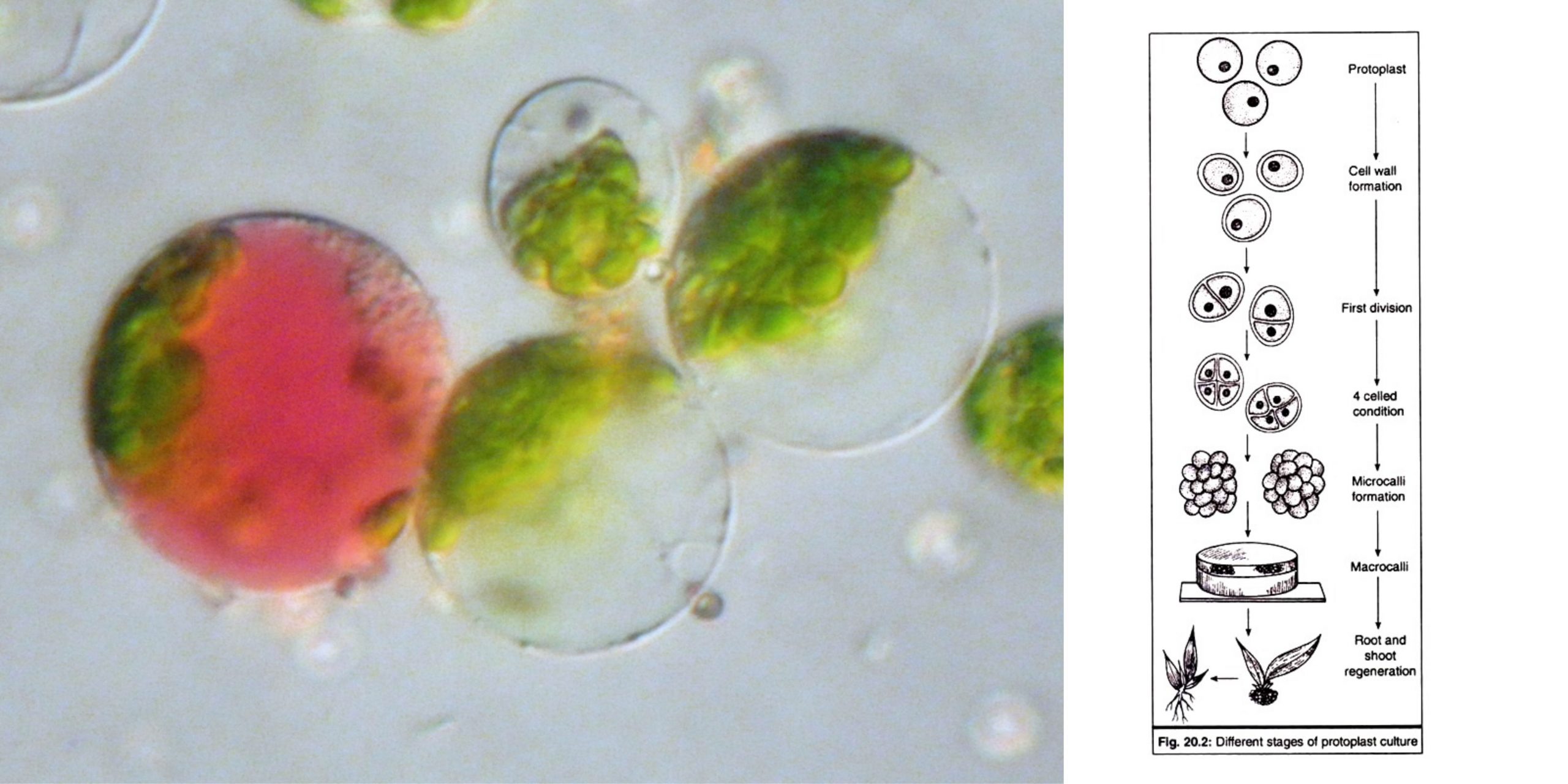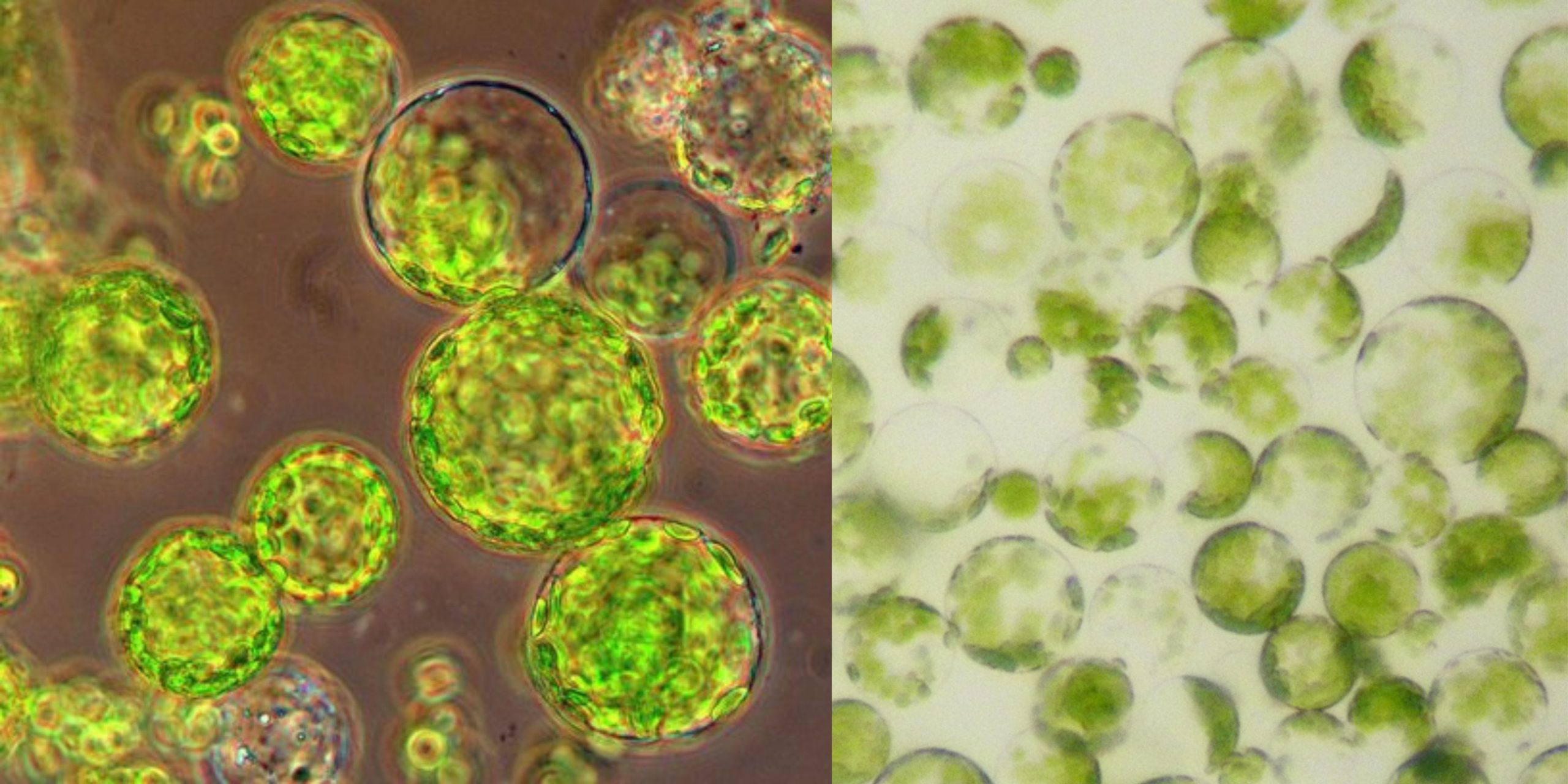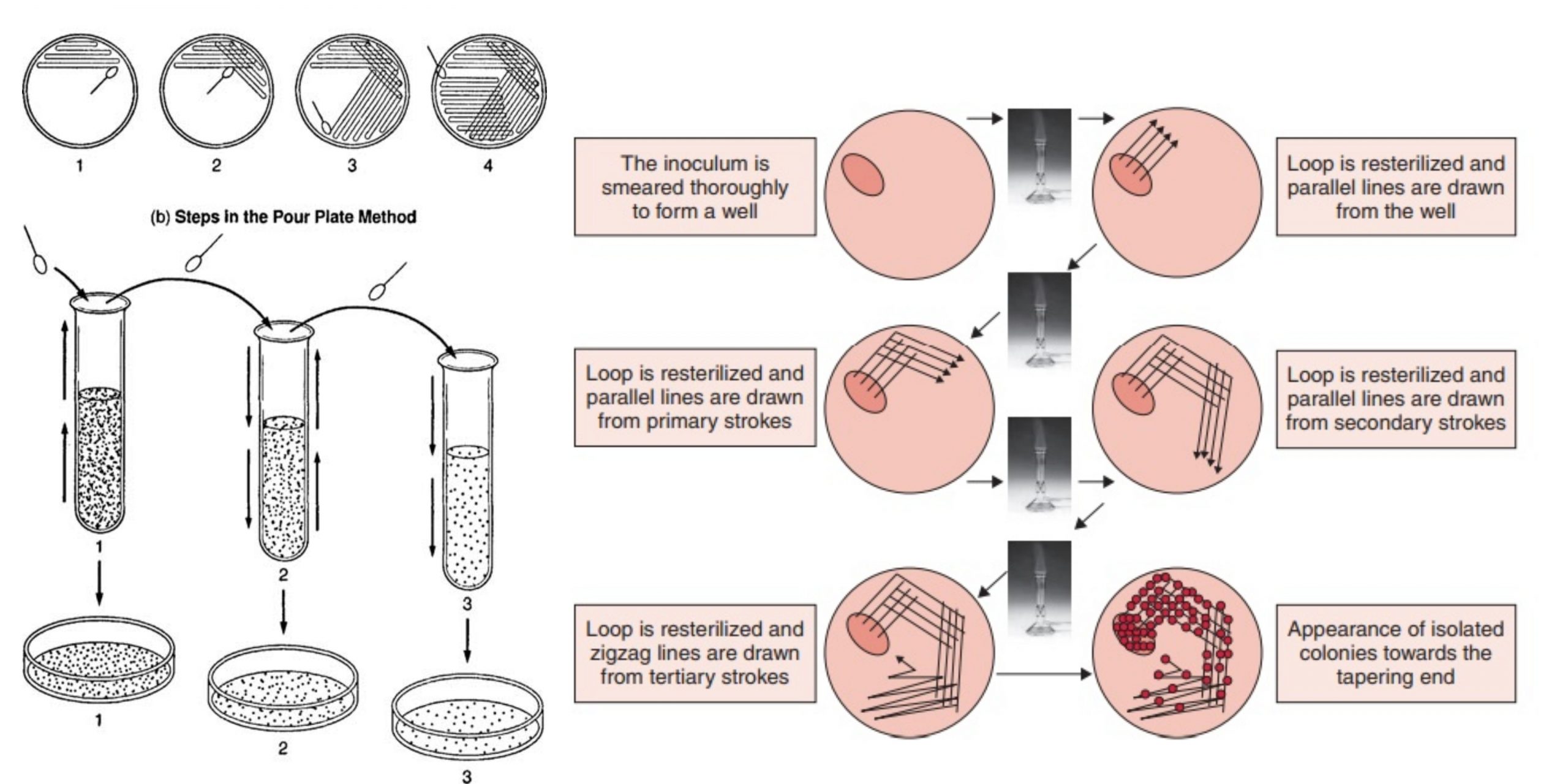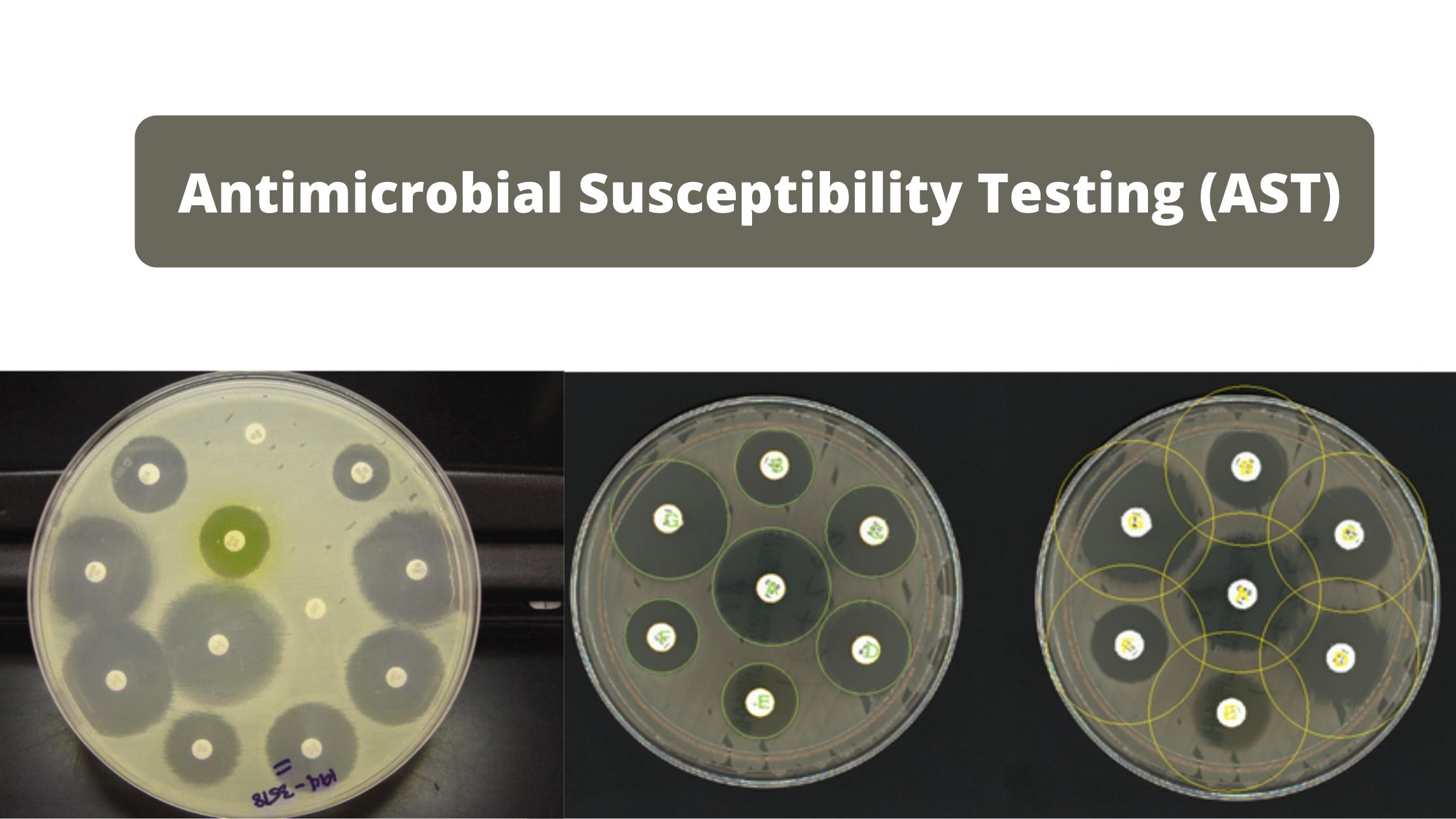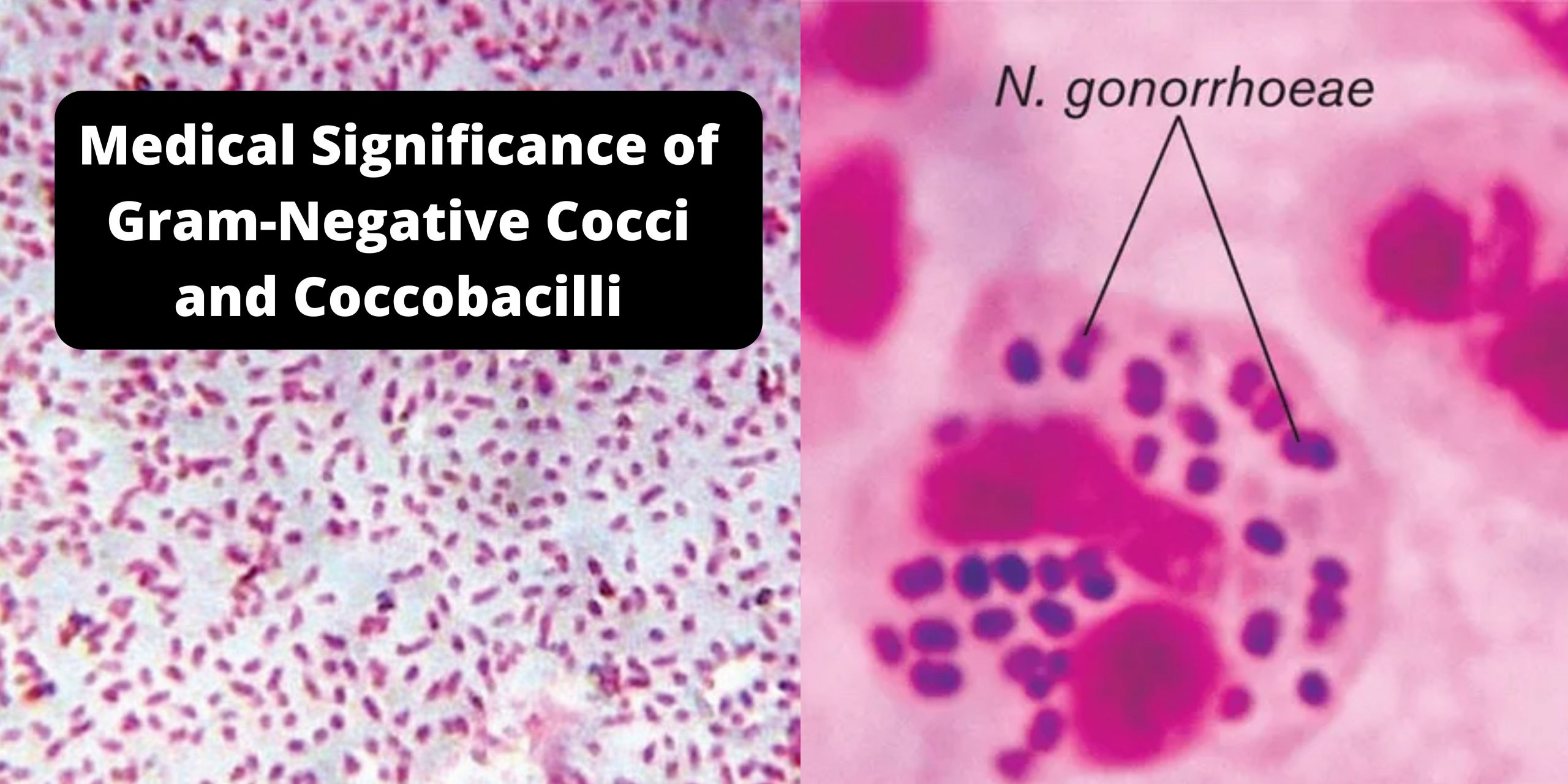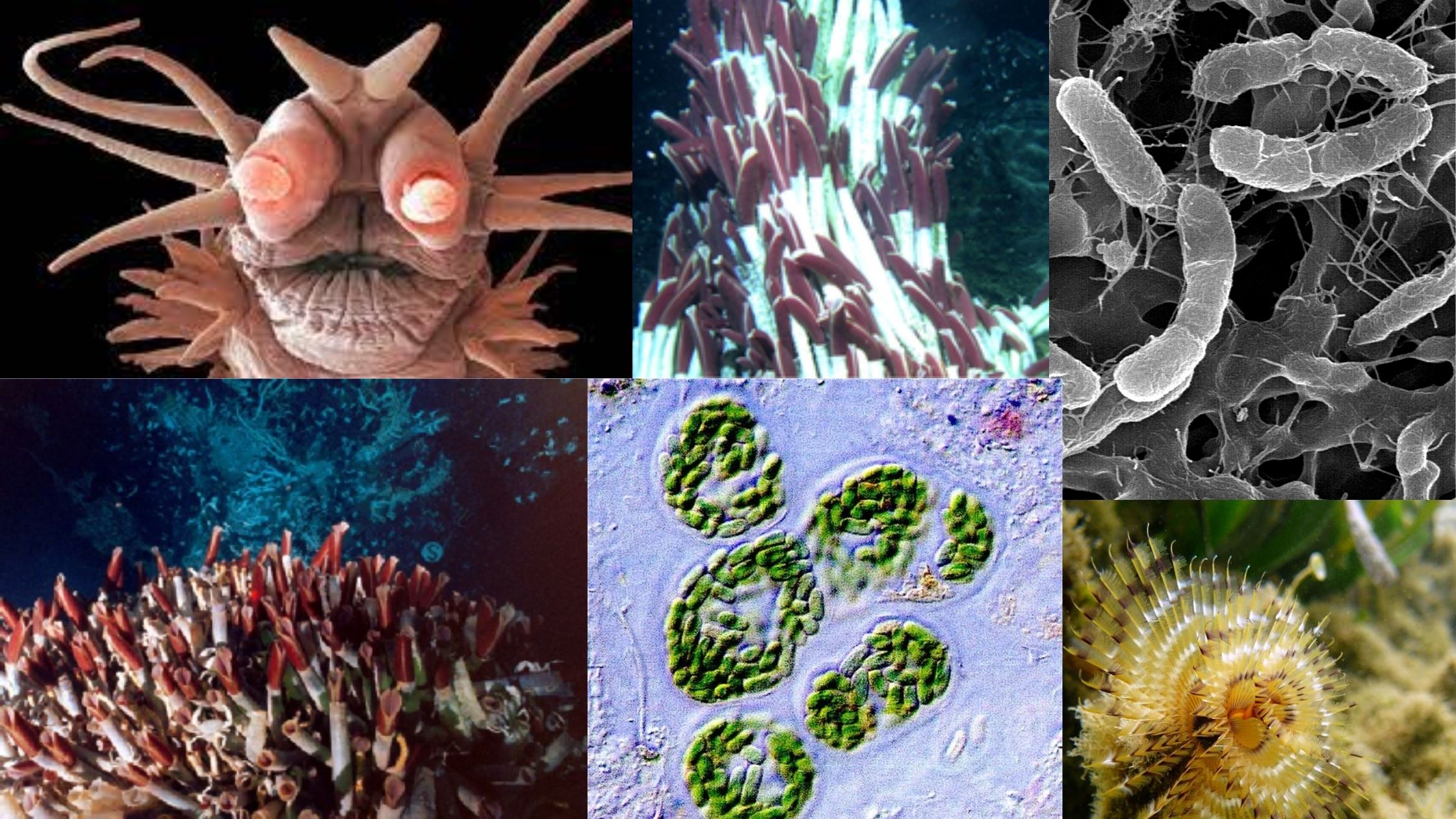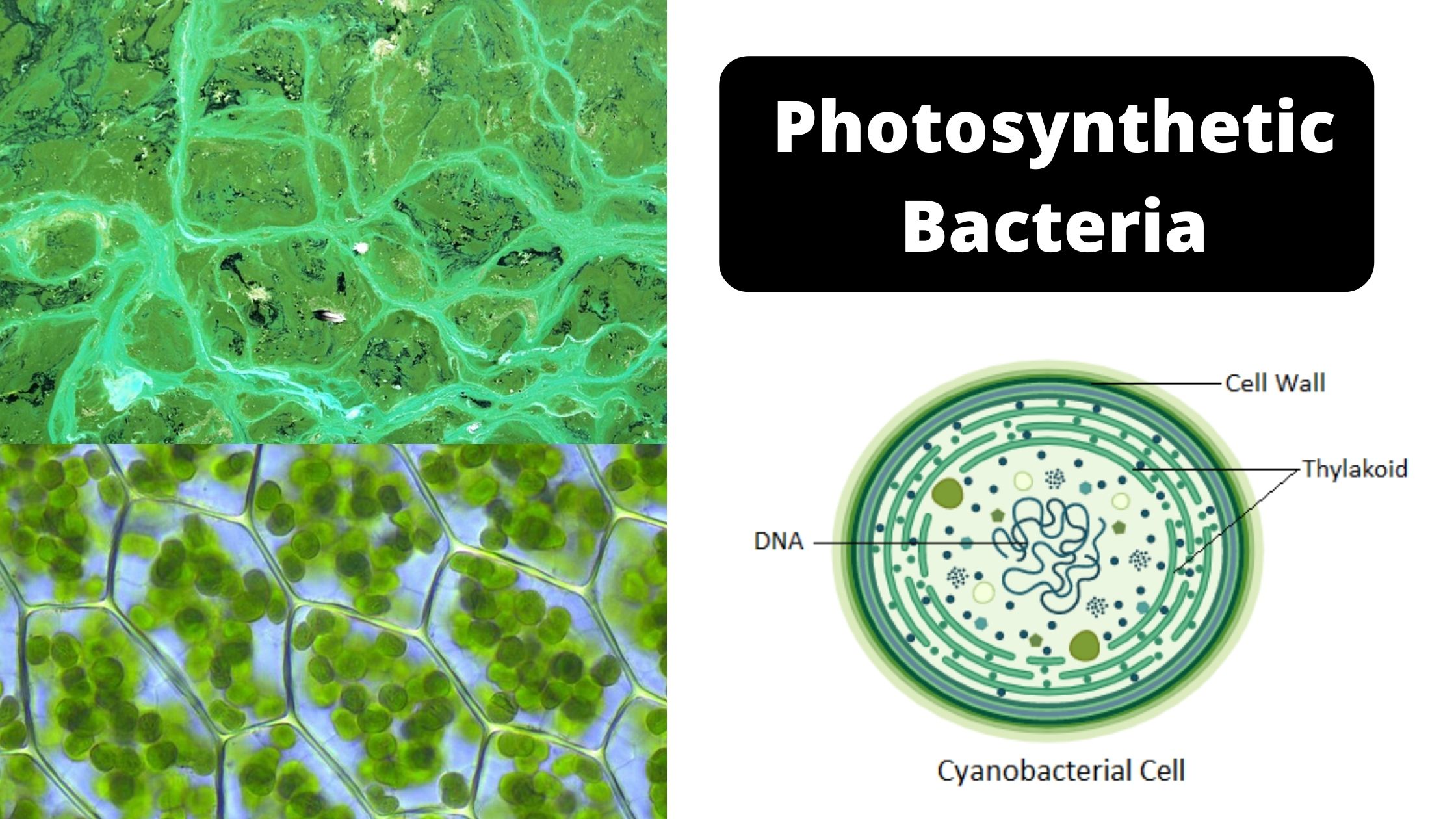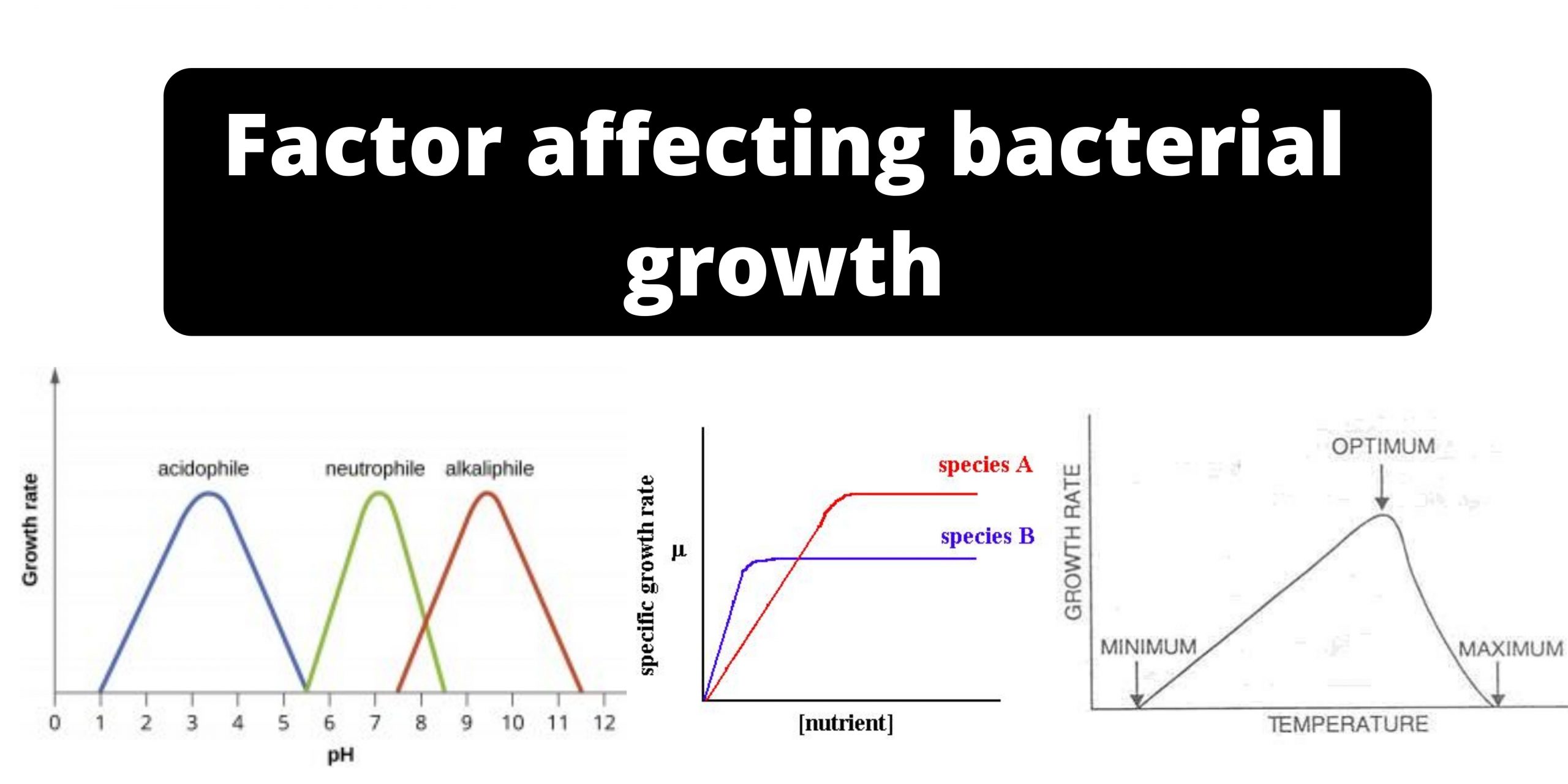Protoplasts fusion – Somatic fusion
The process of somatic fusion is also known as protoplast Fusion, is a kind of genetic modification of plants in which two plant species are merged into a hybrid plant that has the traits of both species the species, an somatic hybrid. Hybrids are created among different species that are of the exact same species … Read more
